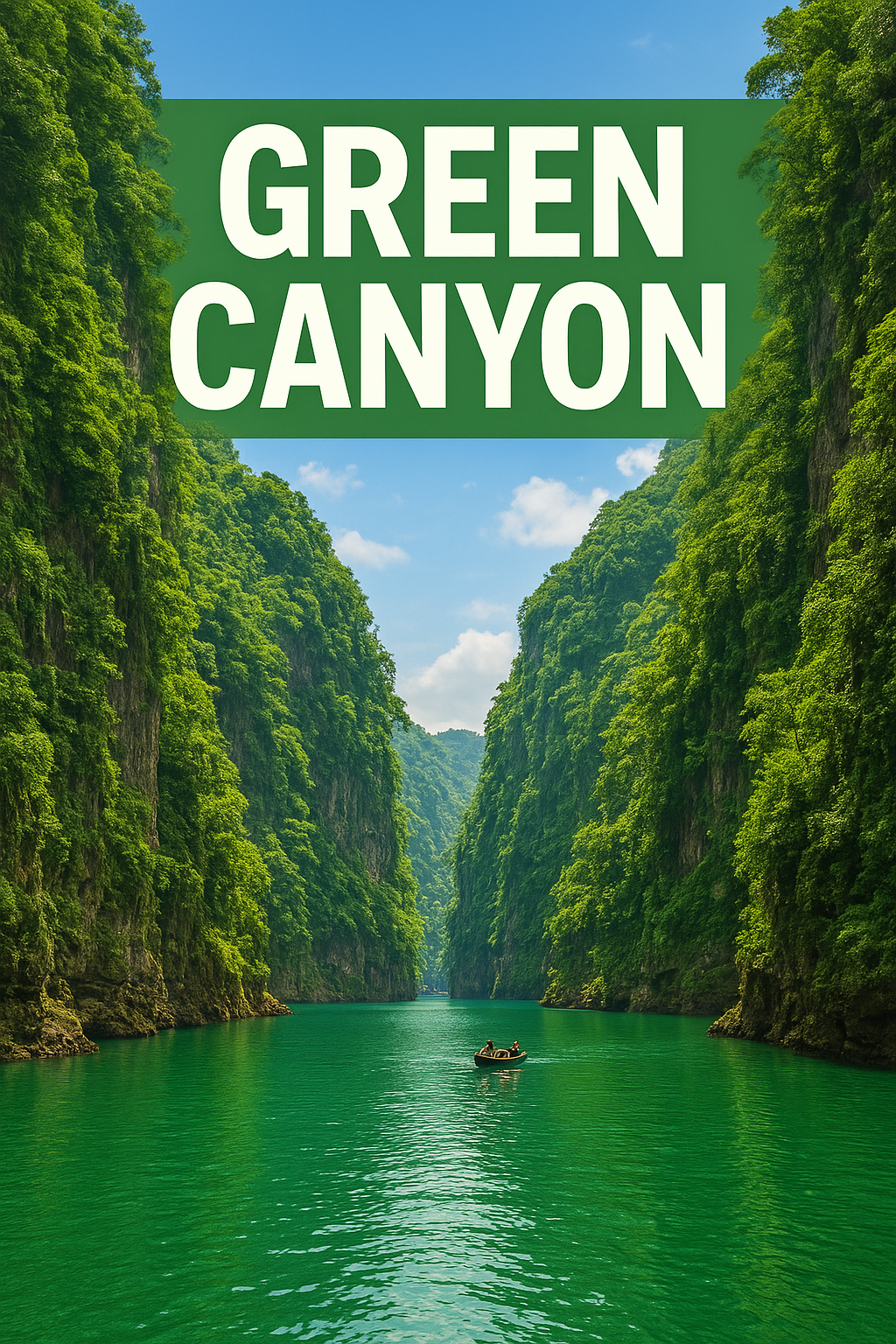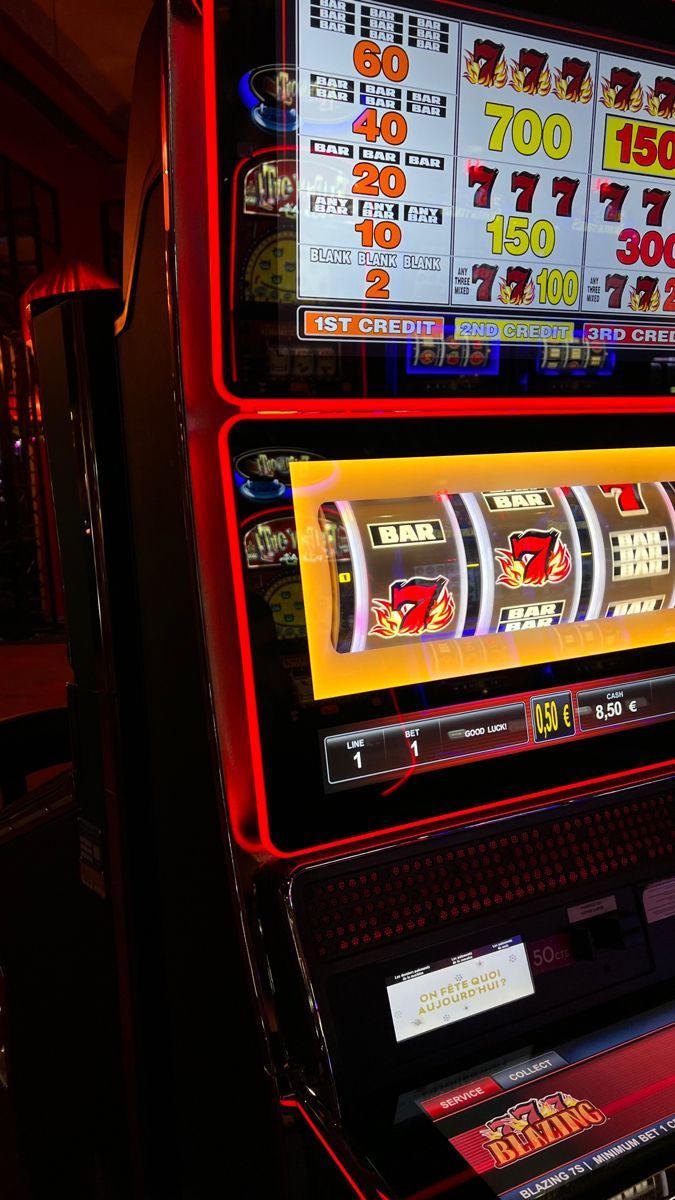Why Green Canyon Captivates the World
Indonesia, a vast archipelago blessed with over 17,000 islands, is home to some of the world’s most mesmerizing natural treasures. Among them lies Green Canyon, a destination that feels like stepping into a tropical fantasy. Known locally as Cukang Taneuh, this natural wonder is located in Pangandaran, West Java, and has been attracting adventurers, nature lovers, and photographers from across the globe.
What makes Green Canyon stand out is not just its lush surroundings but also the emerald-green river that snakes through dramatic cliffs and caves. This magical blend of water, forest, and stone creates a landscape unlike anywhere else. In this comprehensive guide, we’ll explore the history, cultural significance, travel tips, and adventure activities that make Green Canyon one of Indonesia’s most treasured gems.
The Origins and History of Green Canyon
The Local Name: Cukang Taneuh
Before it became famous as Green Canyon, locals knew this destination as Cukang Taneuh, which literally translates to “Soil Bridge.” The name refers to a natural land bridge that stretches across the canyon, connecting both cliffs. This bridge is not only a remarkable geological formation but also holds cultural meaning for local communities.
Discovery by Foreign Travelers
In the 1980s, foreign tourists began visiting Pangandaran. One of them, reportedly a French traveler, compared the scenery to the Grand Canyon in the United States. Over time, the name “Green Canyon” became widely adopted due to the stunning emerald color of its waters and the canyon-like cliffs.
Geological Formation
Green Canyon was shaped over millions of years by the erosive power of the Cijulang River, which carved its way through limestone cliffs. Rainwater, underground springs, and natural processes sculpted the caves and rock formations we see today. The ecosystem within the canyon supports a wide variety of flora and fauna, making it not just a tourist attraction but also a valuable natural habitat.
Getting to Green Canyon
Location
Green Canyon is located about 31 km from Pangandaran Beach in West Java, Indonesia. Its relatively remote position keeps it free from mass tourism, but the journey is part of the adventure.
How to Reach
- From Jakarta: The trip takes around 8–10 hours by car or bus.
- From Bandung: A road trip lasts about 6–7 hours.
- From Pangandaran Beach: Visitors can take a short drive (about 1 hour) to the Green Canyon entrance.
Upon arrival, travelers must rent a wooden boat (ketinting) that takes them along the emerald river to the canyon’s entrance. The boat ride itself is an enchanting experience, offering panoramic views of the jungle and riverbanks.
The Beauty of Green Canyon
The Emerald River
The highlight of Green Canyon is undoubtedly its emerald-green river, created by the perfect mix of mineral-rich water, sunlight reflection, and surrounding vegetation. During the dry season, the water is crystal clear, ideal for swimming, body rafting, and photography.
Majestic Cliffs and Caves
Towering limestone cliffs rise dramatically on both sides of the river, forming a natural cathedral. The canyon walls are decorated with moss, vines, and ferns, adding to the mystical atmosphere. Within the canyon lies a series of caves adorned with stalactites and stalagmites, some of which sparkle when touched by sunlight.
Waterfalls and Hidden Pools
As the boat journey continues, visitors encounter Palatar Waterfall, where fresh water drips into the river from above, creating a soothing natural shower. Smaller hidden pools within the canyon allow for refreshing swims in tranquil surroundings.
Things to Do in Green Canyon
1. Boat Tour
The standard way to explore Green Canyon is via a 20–30 minute boat ride along the Cijulang River. This journey introduces travelers to the canyon’s towering cliffs, caves, and lush greenery.
2. Body Rafting
For thrill-seekers, body rafting is the ultimate activity. Equipped with life vests and helmets, participants float along the river, guided by professional instructors. This activity combines adventure, teamwork, and nature exploration.
3. Swimming and Cliff Jumping
Certain sections of the canyon allow safe swimming. Some areas also feature natural platforms for cliff jumping into the cool waters below.
4. Caving Exploration
The caves of Green Canyon are perfect for those interested in geology and adventure. Inside, explorers can admire limestone formations and learn about the ecosystem that thrives within the dark chambers.
5. Photography and Videography
With its stunning natural backdrop, Green Canyon is a paradise for photographers. Whether you’re shooting landscapes, wildlife, or action shots of rafting, every angle tells a story.
Wildlife and Biodiversity
Green Canyon is not only a tourist attraction but also a biodiversity hotspot. Its forests and rivers host:
- Birds: Kingfishers, hornbills, and swallows.
- Reptiles: Monitor lizards and snakes.
- Fish species: Unique freshwater fish that thrive in the river.
- Flora: Tropical hardwoods, bamboo, ferns, and orchids.
The balance between eco-tourism and conservation is crucial in maintaining this delicate ecosystem.
Best Time to Visit Green Canyon
The experience at Green Canyon changes dramatically with the seasons.
- Dry Season (April–September): Best for boat rides, clear water, and photography.
- Rainy Season (October–March): The water becomes murky, and river currents grow stronger, sometimes making activities unsafe. However, waterfalls are more dramatic during this season.
Travelers are advised to check weather conditions before visiting.
Travel Tips for Green Canyon
- Wear Proper Footwear: Non-slip sandals or water shoes are best.
- Bring Waterproof Gear: Protect cameras and phones from splashes.
- Hire Local Guides: They provide safety, cultural context, and hidden insights.
- Respect Nature: Avoid littering, damaging plants, or disturbing wildlife.
- Stay Hydrated: The tropical climate can be hot and humid.
Local Culture and Surroundings
Green Canyon is surrounded by villages where local communities live harmoniously with nature. Visitors can experience Sundanese culture, enjoy traditional food such as nasi liwet and ikan bakar, and even stay in eco-lodges or homestays.
Nearby attractions include:
- Pangandaran Beach – Known for sunsets and seafood.
- Batu Karas Beach – A surfer’s paradise.
- Santirah River – Another spot for tubing and rafting.
Eco-Tourism and Conservation
Green Canyon is a living example of how eco-tourism can benefit both nature and local communities. Entrance fees and guide services contribute to conservation efforts, ensuring that future generations can enjoy this treasure. Visitors are encouraged to follow the principle of “leave no trace” to minimize environmental impact.
Frequently Asked Questions (FAQ)
1. Is Green Canyon suitable for children?
Yes, but children should be supervised, especially during water activities.
2. How long is the boat trip?
Approximately 20–30 minutes, depending on river conditions.
3. Is swimming safe in Green Canyon?
Yes, in designated areas with life vests. Always follow guide instructions.
4. Can I visit without booking in advance?
Yes, but booking in advance is recommended during weekends or holidays.
5. Is Green Canyon crowded?
Weekends can be busy. For a quieter experience, visit on weekdays.
Conclusion: The Timeless Charm of Green Canyon
Green Canyon is more than just a destination; it is an experience that combines adventure, tranquility, and natural beauty. Whether you’re gliding through its emerald waters, marveling at limestone cliffs, or immersing yourself in Sundanese hospitality, Green Canyon leaves an imprint on the soul.
For those seeking a journey that blends thrill and serenity, Green Canyon stands as one of Indonesia’s most breathtaking natural wonders.




